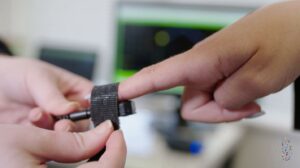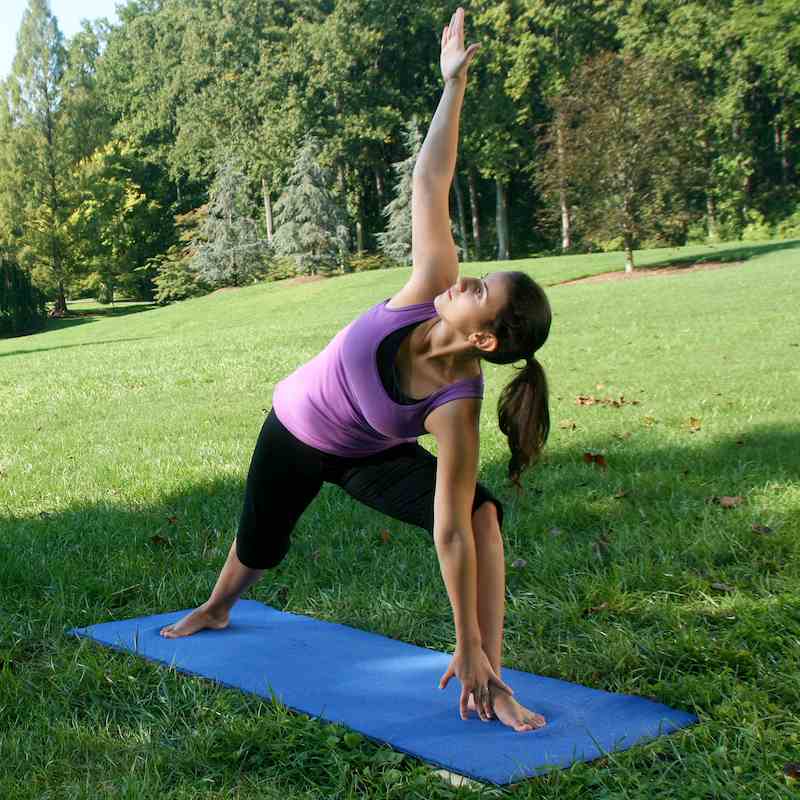The benefits of physical therapy in schools are becoming more and more evident. More and more, research is showing that early intervention leads to better outcomes for children with developmental delays or disabilities. In this blog post, we will discuss the importance of physical therapy in schools and some of the things you need to know about it.
Contents
What Is Physical Therapy?
 Physical therapy is a field of healthcare that helps people regain movement and function following an injury or illness. It is common for children to need physical therapy following an injury, surgery, or diagnosis of a chronic condition such as cerebral palsy. PT can help your child regain strength and mobility.
Physical therapy is a field of healthcare that helps people regain movement and function following an injury or illness. It is common for children to need physical therapy following an injury, surgery, or diagnosis of a chronic condition such as cerebral palsy. PT can help your child regain strength and mobility.
Many people described physical therapy as “a hands-on profession.” Physical therapists (PTs) use a variety of techniques to help their patients achieve their goals. They also design exercise programs to improve strength, flexibility, balance, and endurance.
Therefore, if you are searching for a school for your child that will help them with their physical therapy needs, it is important to find one that is accredited and has a good reputation. Because with the right physical therapy, your child can improve their quality of life and live a more normal life.
What Happens During Physical Therapy?
Physical therapy works to help a child regain movement and strength. The therapist will first assess the child’s abilities and limitations. They will develop a plan of care that is tailored to the individual child. This plan may include exercises, stretches, massage, electrical stimulation, and other modalities.
The therapist will work with the child on an ongoing basis to help them meet their goals. They will also work with the child’s family and caregivers to provide support and education. The ultimate goal of physical therapy is to help the child improve their quality of life.
More often, physical therapy works to prevent injuries. Many schools have started to offer physical therapy services to their students. This is especially beneficial for children who are involved in sports. So, if you’re a parent, and you’re wondering if your child could benefit from physical therapy, here are some things you need to know.
Why Is Physical Therapy Important In Schools?
 There are many reasons why physical therapy in schools is important. Here are some of the most common reasons:
There are many reasons why physical therapy in schools is important. Here are some of the most common reasons:
Prevent injuries
Physical therapy can help students avoid injuries by teaching them proper techniques for movements and activities. For example, a physical therapist can show a student how to properly lift weights or how to safely participate in a sport. It is important for students to learn how to prevent injuries so that they can stay healthy and participate in activities without fear of getting hurt.
Treat injuries
If a student does suffer an injury, physical therapy can help them recover. Physical therapists can create a rehabilitation program that will help the student regain their strength and range of motion. For example, if a student has a broken bone, the physical therapist will help them regain their strength and mobility. It works similarly for students who have suffered a concussion or other head injury. The therapist will help them regain their balance and coordination.
Improve academic performance
It is no secret that physical activity can help improve a child’s academic performance. Studies have shown that there is a correlation between students who are physically active and those who have higher grades and test scores. The benefits of physical activity on academics are especially pronounced in elementary school students.
Because physical activity helps to improve focus and concentration, it can be particularly helpful for students who have attention deficit disorders.
Improve Motor Skills
This is one of the primary goals of physical therapy in schools. A child with poor motor skills might have trouble catching a ball or tying their shoes. Physical therapy can help these children improve their motor skills and perform better in school. For example, a child with poor handwriting can be taught how to hold a pencil correctly and improve their grip.
Increased self-esteem
 Many children who receive physical therapy in schools report an increased sense of self-esteem. This is likely due to the fact that they are able to participate more fully in school and social activities. Also, it is believed that the one-on-one attention they receive from physical therapists helps them feel more valued and appreciated.
Many children who receive physical therapy in schools report an increased sense of self-esteem. This is likely due to the fact that they are able to participate more fully in school and social activities. Also, it is believed that the one-on-one attention they receive from physical therapists helps them feel more valued and appreciated.
All in all, these are a few reasons why physical therapy in schools is so important. If you think your child may benefit from this type of therapy, be sure to talk to their doctor or school administrator about getting them the help they need. With the right physical therapy in schools, you can help your child reach their full potential!
What Techniques Are Used In Physical Therapy In Schools?
There are many different techniques that can be used in physical therapy in schools. Some of the most common techniques include:
Massage
This is a very common technique that can be used to help relax muscles and promote healing. It is often used to help relieve pain and stiffness in muscles and joints. Because when you massage someone, you are using your hands to apply pressure to their body, it can also help to improve circulation.
Heat and Cold Therapy
This involves using either hot or cold packs on the affected area. The heat can help to relax muscles and promote blood flow, while the cold can help to reduce inflammation and pain. It is important to talk to a physical therapist or doctor before using heat or cold therapy, as there are some risks involved.
Exercise
This is another common technique that can be used in physical therapy in schools. Exercise can help to improve range of motion, flexibility, strength, and endurance. It can also help to reduce pain and swelling in muscles and joints. There are several types of exercises that you can do, and your physical therapist can help you to choose the ones that are best for you.
Biofeedback training
 It is a well-known fact that children with disabilities often suffer from a range of problems that can interfere with their schooling. One such problem is difficulty in controlling their own bodies, which can make it hard for them to sit still, follow instructions or participate in class activities.
It is a well-known fact that children with disabilities often suffer from a range of problems that can interfere with their schooling. One such problem is difficulty in controlling their own bodies, which can make it hard for them to sit still, follow instructions or participate in class activities.
Biofeedback training involves using special equipment to help the child learn to control their own body. The equipment measures things like heart rate, skin temperature, and muscle tension and gives feedback to the child so they can learn to control their own body.
Dietary routines
This is also involved in planning and providing meals that are easy to eat and nutritious. A dietitian works with the school’s team to develop an individualized plan for each student. Physical therapy in schools involves dietary routines to ensure that each student is getting the nutrients they need to grow and develop properly. It is important to have a healthy diet in order to maintain a healthy weight, have energy for daily activities, and reduce the risk of developing chronic diseases.
Overall these are a few techniques that are used in physical therapy for schools. So, be sure to ask your doctor if physical therapy could be beneficial for your child.
What Are Some Concerns And Limitations?
Though physical therapy in schools is considered a valuable resource, there are some concerns and limitations that should be considered. These include:
- Availability and Accessibility: Not all schools have physical therapy services available. Additionally, even if a school does have PT services, the student may not be able to access them due to transportation challenges or scheduling conflicts.
- Cost: Physical therapy services can be expensive, and schools may not have the budget to cover these costs.
- Staffing: There may not be enough PT staff available to meet the needs of all students.
- Specialized Equipment: Some PT activities require specialized equipment that schools may not have on hand.
Despite these concerns, physical therapy in schools can be a valuable resource for students with special needs. If you think your child would benefit from PT services, talk to their doctor or school administrator to see if PT services are available at their school. Because this is such an important service, it is worth exploring all options to ensure your child gets the care they need.
Therefore, do not hesitate to ask around or search online for the best schools that offer physical therapy services. With a little effort, you should be able to find a school that can provide your child with the care they need.
Conclusion
To conclude, physical therapy in schools is often overlooked but it is a service that can be extremely beneficial for students. If your child is struggling in school, consider whether physical therapy could help them. It might just make all the difference in their academic success!
Henceforth, it is safe to say that physical therapy has a plethora of benefits, not just for athletes but for everybody. It helps people of all ages to regain their strength and improve their range of motion. If you’re looking for an excellent way to keep your body healthy and fit, consider giving physical therapy a try!
Physical Therapy help patients recover from pain. If you’re experiencing Back pain, Shoulder pain, Knee pain, Neck pain, Elbow pain, Hip pain, or Arthritis pain, a physical therapist at MantraCare can help: Book a physiotherapy session.


